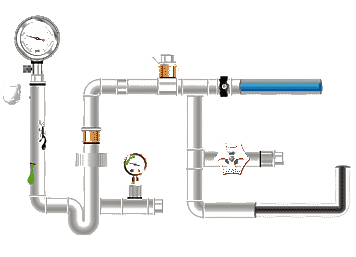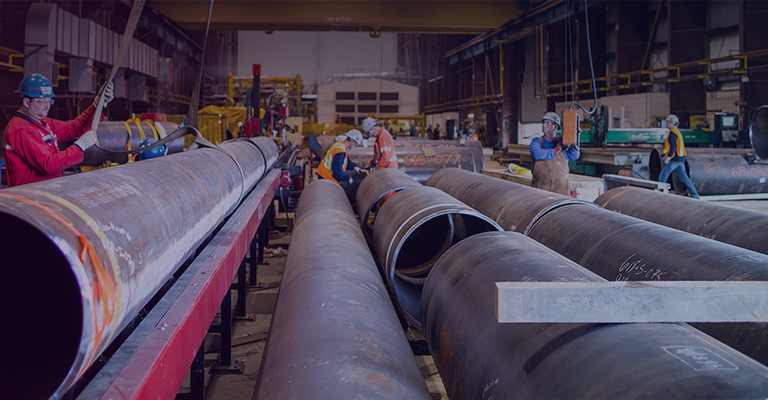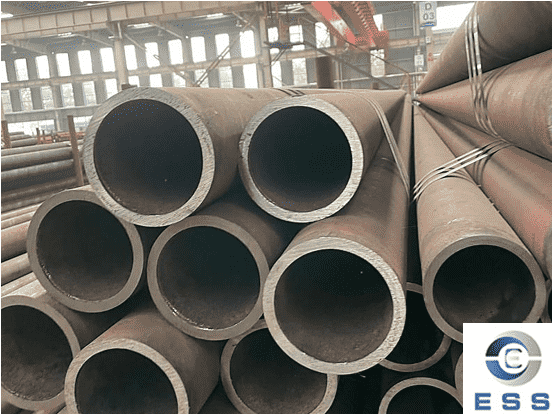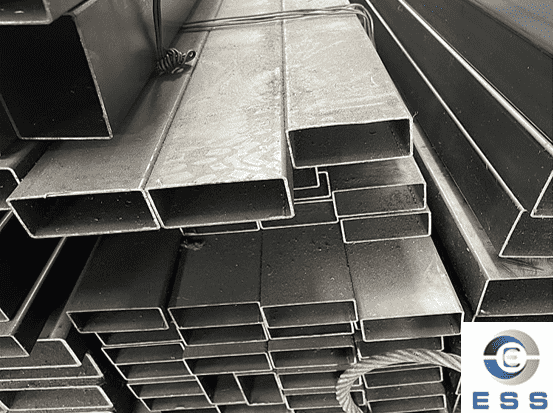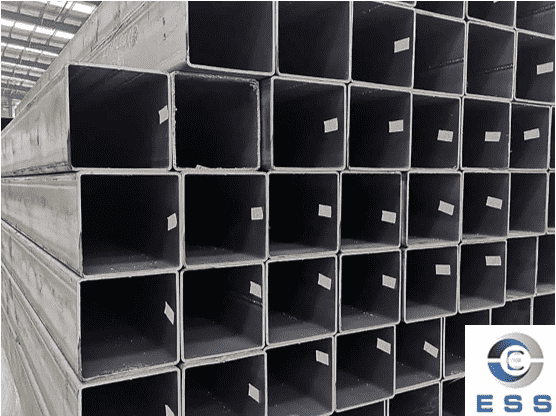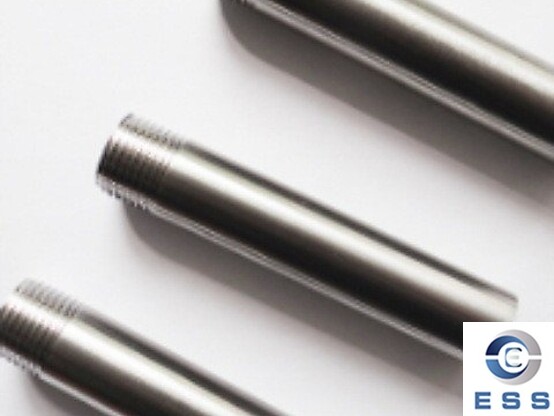
There are many factors to consider when
choosing a threaded pup joint to
ensure that it can be connected safely, reliably and leak-free in the pipeline
system. The following are the key steps and considerations for selecting a
threaded pup joint:
Determine the thread type and standard
(the most critical step)
It must match the thread of the component
to be connected (pipe, valve, equipment
interface) exactly! Common thread types include:
1. NPT (National Pipe Taper)
The American standard taper pipe thread is
the most commonly used, relying on the taper of the thread itself and the
sealing material (such as raw tape, sealant) to achieve sealing. The nominal
diameter is expressed in inches (such as 1/2" NPT, 3/4" NPT).
2. BSPT (British Standard Pipe Taper)
British/European standard taper pipe thread
(R series). The function is similar to NPT, but the tooth angle is 55° (NPT is 60°). The two are not compatible.
The nominal diameter is also expressed in inches (e.g. 1/2" BSPT).
3. BSPP (British Standard Pipe Parallel)
British/European standard straight pipe
thread (G series). The threads are parallel and the seal relies on the gaskets
(e.g. O-rings, gaskets) on the end faces. The nominal diameter is expressed in
inches (e.g. 1/2" BSPP, G1/2"). Not compatible with BSPT threads.
4. Other types
Such as metric taper threads, dry seal
threads, etc., are relatively rare and need to be determined according to
specific equipment requirements.
Determine the nominal diameter
It must be consistent with the nominal
diameter of the thread of the component to be connected (e.g. 1/2",
3/4", 1", DN15, DN20, etc.).
Note: The nominal diameter of NPT, BSPT,
and BSPP refers to the approximate flow diameter of the inner hole, not the
actual outer diameter of the thread. For example, the outer diameter of a
1/2" NPT fitting is much larger than 0.5 inches.
Determine the length
1. Standard length
Most threaded pup joints have standard
lengths for conventional connections.
2. Special lengths
Extended lengths: For situations where
extra space is required (such as installing instruments, crossing gaps) or
where a deeper screw-in depth is required.
Shortened lengths: For situations where
space is limited.
Determine the material
The material must be compatible with the
medium being transported (corrosion-resistant) and meet the system pressure and
temperature requirements. Common materials include:
1. Carbon steel
A106, A105, etc. Economical, high strength,
suitable for general water, oil, gas and other non-corrosive media.
2. Stainless steel
304, 316, 316L, etc. Excellent corrosion
resistance, suitable for corrosive environments such as chemicals, food,
medicine, seawater, or situations with high cleanliness requirements. 316/L has
better corrosion resistance than 304, especially chloride resistance.
3. Alloy steel
Such as A182 F11, F22, etc. With higher
strength and high temperature resistance, it is suitable for high pressure and
high temperature systems (such as boiler feed water, steam).
4. Brass
Good corrosion resistance (especially to
water), often used in low pressure water systems, instrument connections.
5. Other alloys
Such as Monel, Hastelloy, etc., used in
extremely corrosive environments.
Determine the pressure rating and
standard
The rated working pressure of the threaded
pup joint must be equal to or higher than the design pressure of the pipeline
system.
The material and manufacturing standard
determine its pressure rating. Common standards:
1. American standard
ASME/ANSI B16.11 (socket welding and
threaded forging pipe fittings), pressure ratings are Class 2000, 3000, 6000,
etc.
2. European standard
EN 10241 or DIN standard.
3. Others
JIS, GOST, etc.
Consider the end form and sealing method
Both ends of the threaded pup joint are
usually the same type and size of thread.
Sealing method
1. Tapered thread (NPT, BSPT)
Sealing is mainly achieved by thread
engagement and the sealant (raw tape, thread sealant) filled between the
threads. Tightening torque is critical.
2. Straight thread (BSPP)
Sealing is mainly achieved by the gasket
(flat gasket, O-ring) compressed by the end face, and the thread itself mainly
serves as a connection.
Consider installation space and
direction
Make sure the length and shape of the
selected short section (straight type is the most common) are suitable for the
space limitations of the installation location.
If the space is very narrow, a shorter
model may be required or other connection methods may be considered (such as
welding short sections plus threaded joints).
Confirm whether the direction of the
connection at both ends of the short section meets the requirements.
Special requirements
1. Surface treatment
Such as galvanizing (rust prevention), coating,
etc.
2. Special working conditions
Such as low temperature, severe vibration,
high purity requirements, etc., may require special designs or materials.
3. Comply with specific industry
specifications
Such as API specifications for the oil and
gas industry, specifications for the shipbuilding industry, etc..
Read more: Threaded Pup Joint Usage Guide or Application of Threaded Pup Joints in Pipe Connection









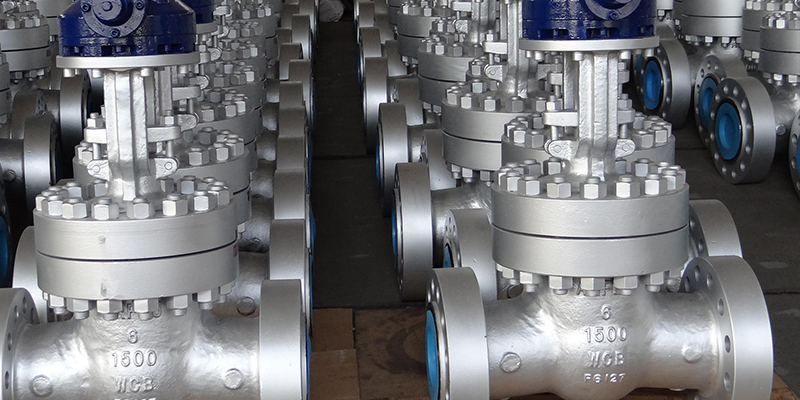
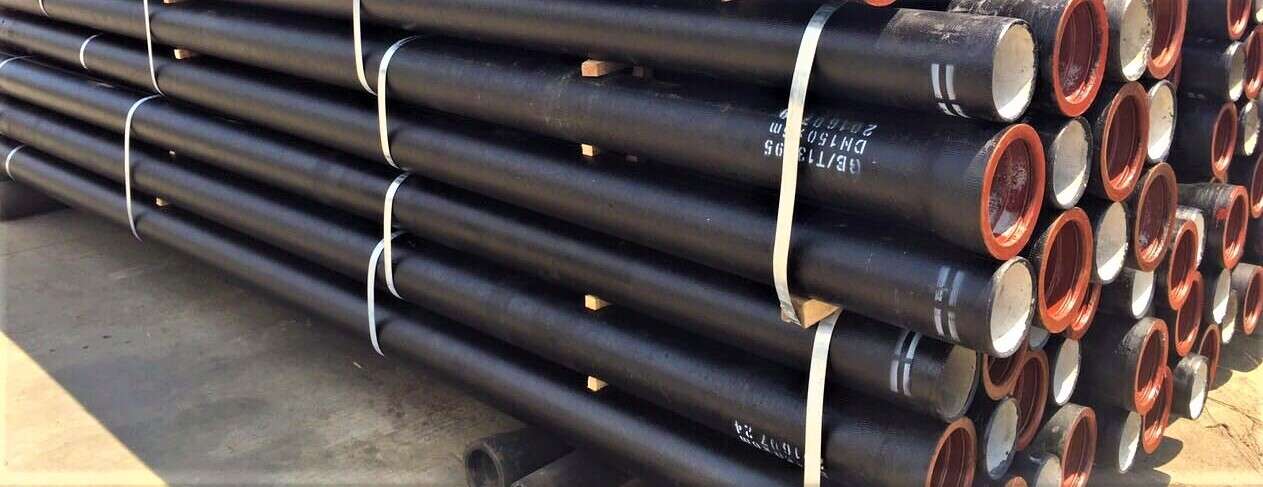


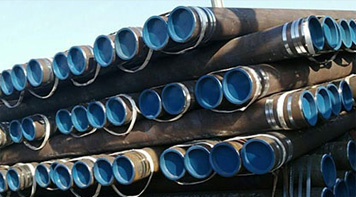 Eastern Steel Manufacturing Co.,Ltd not only improve product production and sales services, but also provide additional value-added services. As long as you need, we can complete your specific needs together.
Eastern Steel Manufacturing Co.,Ltd not only improve product production and sales services, but also provide additional value-added services. As long as you need, we can complete your specific needs together.
